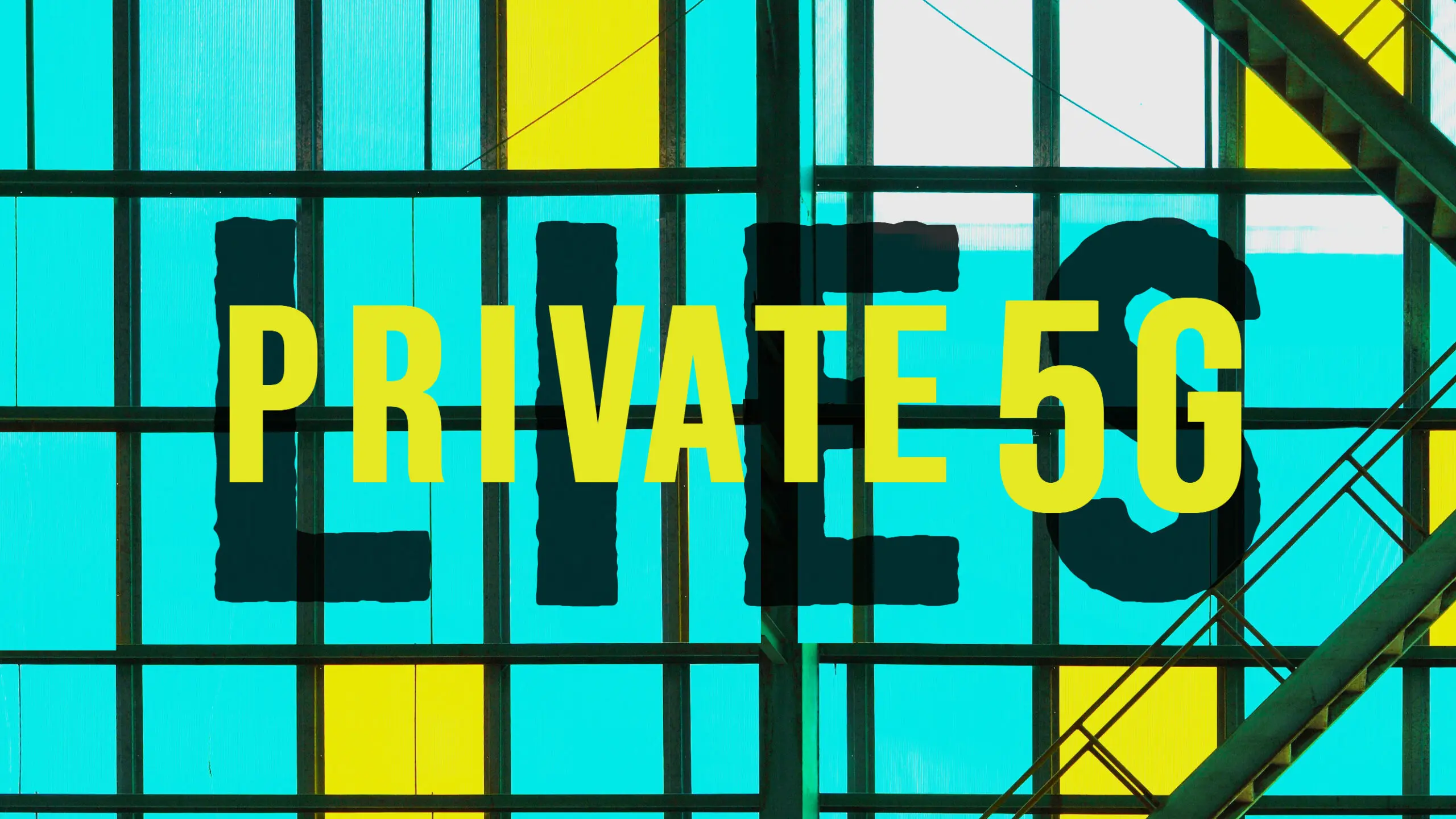Myths and legends – three lies the private 5G sector tells

Or three lies it has told, and is being forced to take back.
Ask Future Technologies – which appears, directly or indirectly, to have its fingerprints across every-other big private 5G deployment in the US – about the hype in the market, and it will tell you straight that it is a distraction and a bother, which is making work for a business that has been selling private networks for 15 years already. “I’m a bit frustrated by all these companies putting out statements about pilots they’re selling or, in many cases, providing on a subsidized basis, or even for free,” reflects Peter Cappiello, chief executive at the US-based system integrator.
He goes on: “It makes it difficult for customers to differentiate those data points from the ones we provide – which are fully-funded production projects. It is misinformation, which inhibits the growth of the market. The variability in data makes it difficult for customers to feel confident in the technology and, therefore, slows down adoption. There is often a lot of retraining that needs to happen, when we talk with current and prospective clients. The market would really benefit from more concrete examples of success, versus hype – especially as it matures and starts to scale.”
Future Technologies, a Nokia favourite in the US, has been selling private networks for a decade before CBRS spectrum was liberalised for shared usage, and equivalent mid-band releases were made in Europe and elsewhere. It has a whole raft of Industry 4.0 customer references, which it is happy to discuss in broad terms (in a separate piece), but reluctant to name in most cases on-the-record. However, without much prompting, Cappiello offers up three lies (myths) the industry tells, which should be debunked right away. The below commentary is all his.
1 | Private 5G is a future-tech (for the AI-gen)
“The myth: that private 5G is for futuristic enterprise use cases, as per all of the innovative and trendy applications that industry folks like to show – such as generative AI. The truth: that the production networks going into industrial enterprises already are completely practical in their nature, designed to power use cases like connected-worker and industrial-automation. This is not future stuff; these networks are live in enterprise venues now, and geared for workable solutions and rapid returns. The rest is for tomorrow; what matters most is how 5G can drive change today.”
2 | Private 5G is a usurper-tech (to kill Wi-Fi)
“The myth: that private 5G will kill Wi-Fi; that this is a zero-sum game – 5G versus Wi-Fi. Enterprises tell us that vendors have told them that it’s one or the other; private 5G or Wi-Fi. This is a lie; it is just not the case. The truth: that private 5G and Wi-Fi will coexist, each supporting their own unique use cases. The same goes for fibre; the same goes for public cellular and low-power IoT. It is an ‘and’ decision, not an ‘or’ decision. 5G isn’t everything, but there are very good reasons for it – for control, coverage, advanced use cases; or just for the physics.”
3 | Private 5G is a total-tech (without limits)
“The myth: that private 5G is unbeatable and unbreakable; that it offers boundless coverage and boundless capacity. The values that get tossed around range a huge amount, and set the wrong expectations. The truth: that private 5G is a hostage to physics, just like every technology, and just that the supplier market should trade in the truth, and not just pass around lab-based ideals, or made-up metrics, about 5G performance, and instead provide realistic values (coverage per radio, capacity per radio, for example) that an enterprise will be able to assess and rely upon.”

Comments are closed.